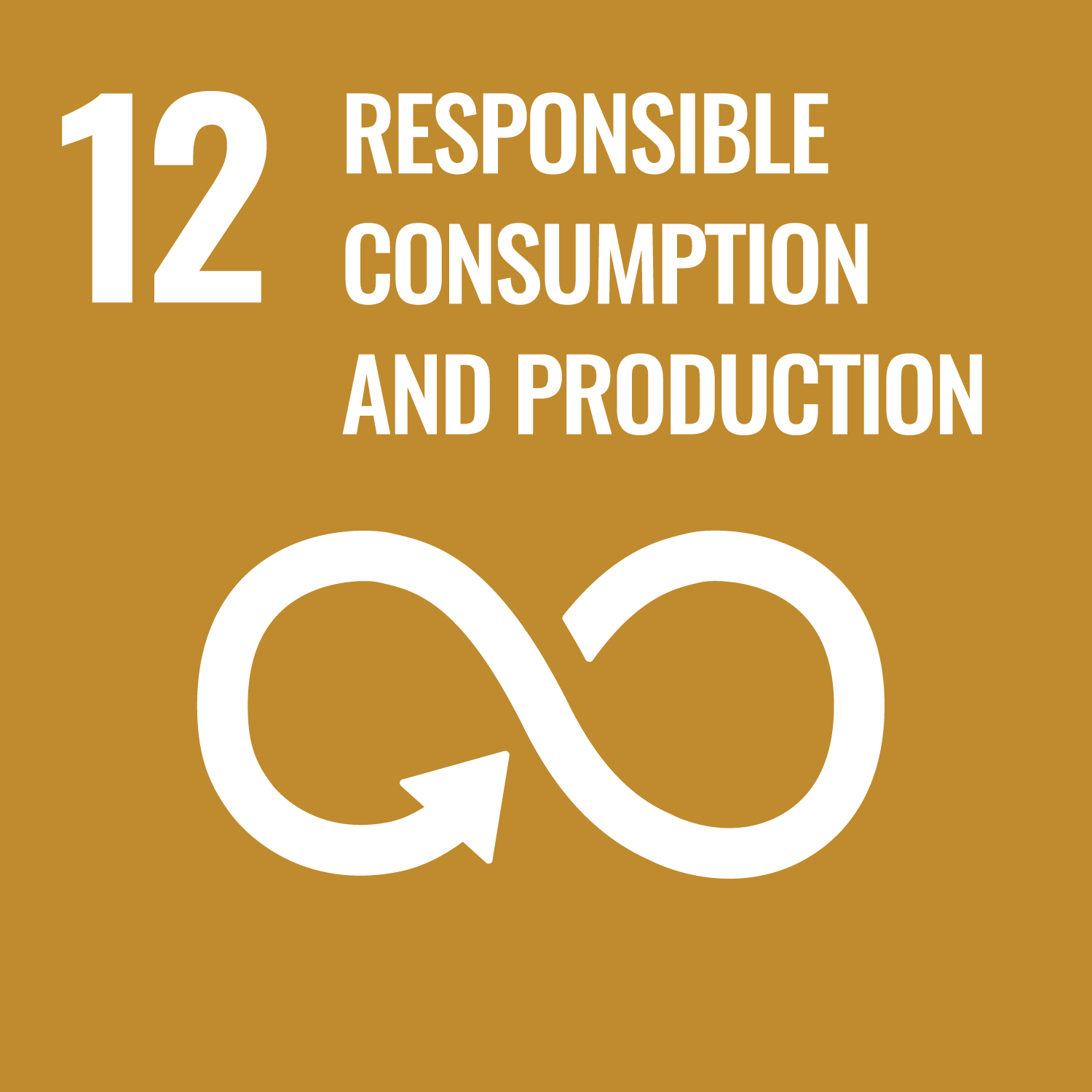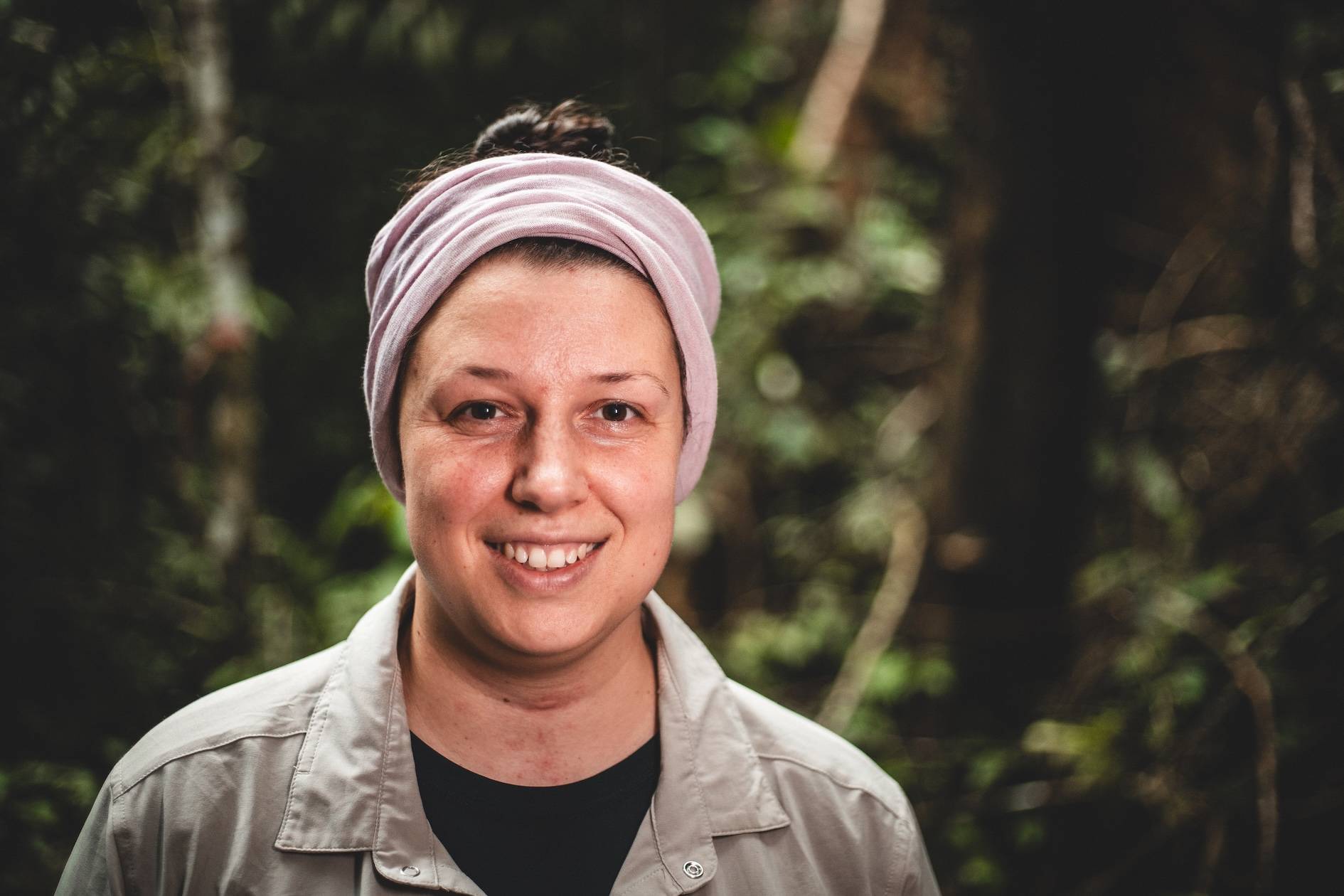SDG 4 - Quality education for all
Long-term nature conservation begins with knowledge, participation and the opportunity to to become active yourself. That is why we support environmental education projects in Canada, Peru environmental education projects. In Peru, Forest Guardiansruns local environmental education projects in the communities communities around our protected areas. In Canada, together with with Eagle Wing Tours, we take school classes to the fjords of the temperate rainforests to the importance of ecosystems directly on site. And in Germany, we motivate thousands of schoolchildren every year with the Wilderness Run, to take responsibility for nature and see themselves as part of a global solution. solution.

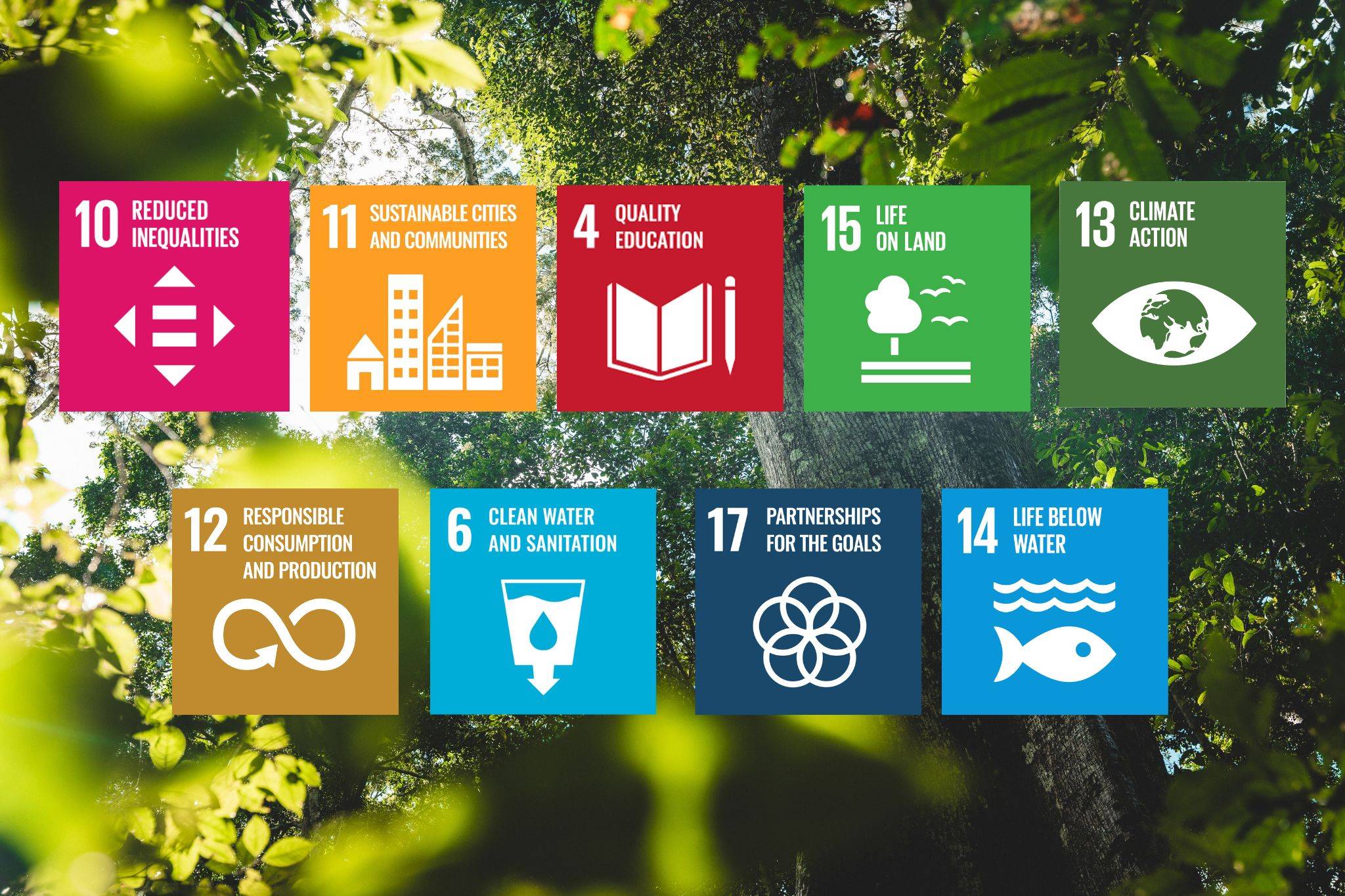
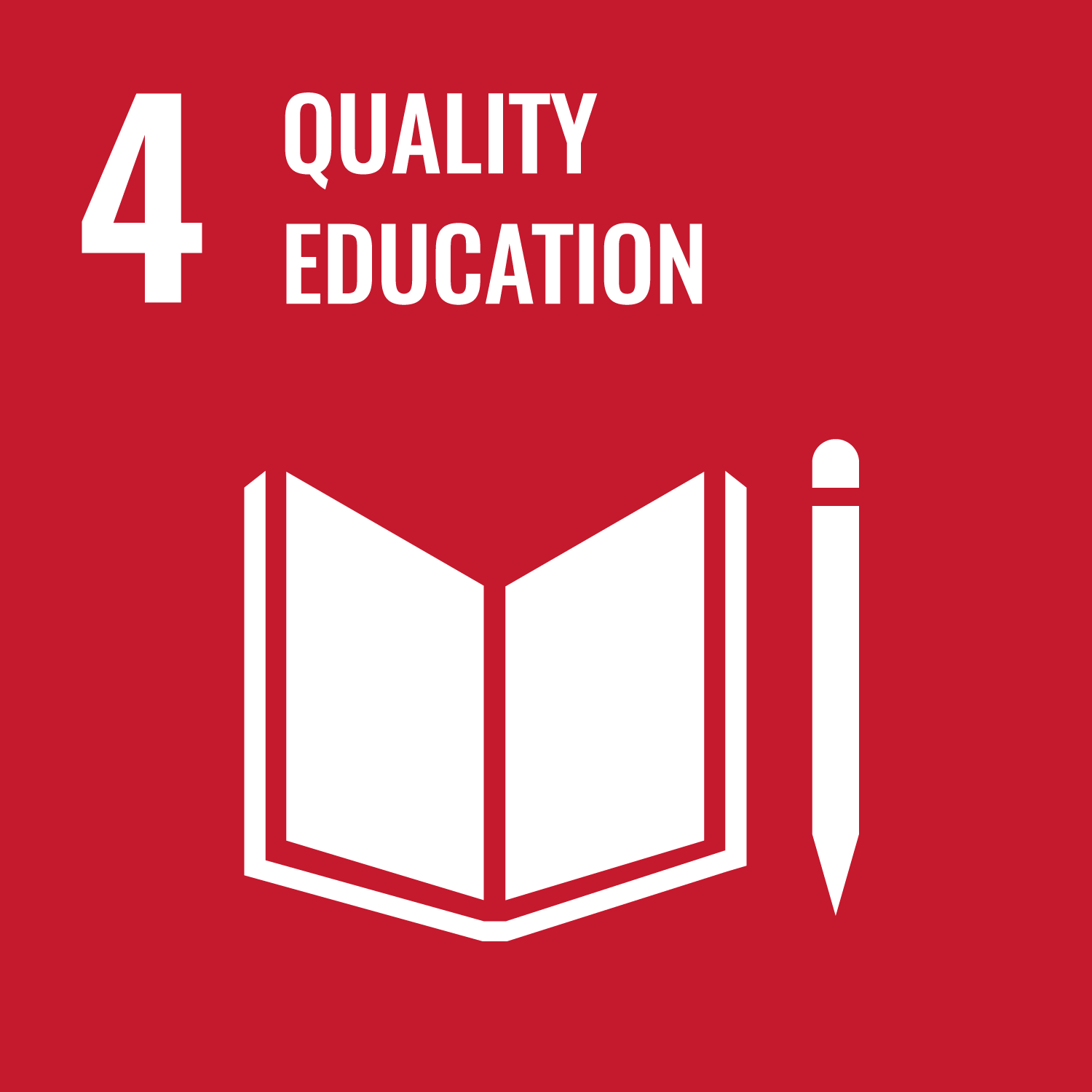
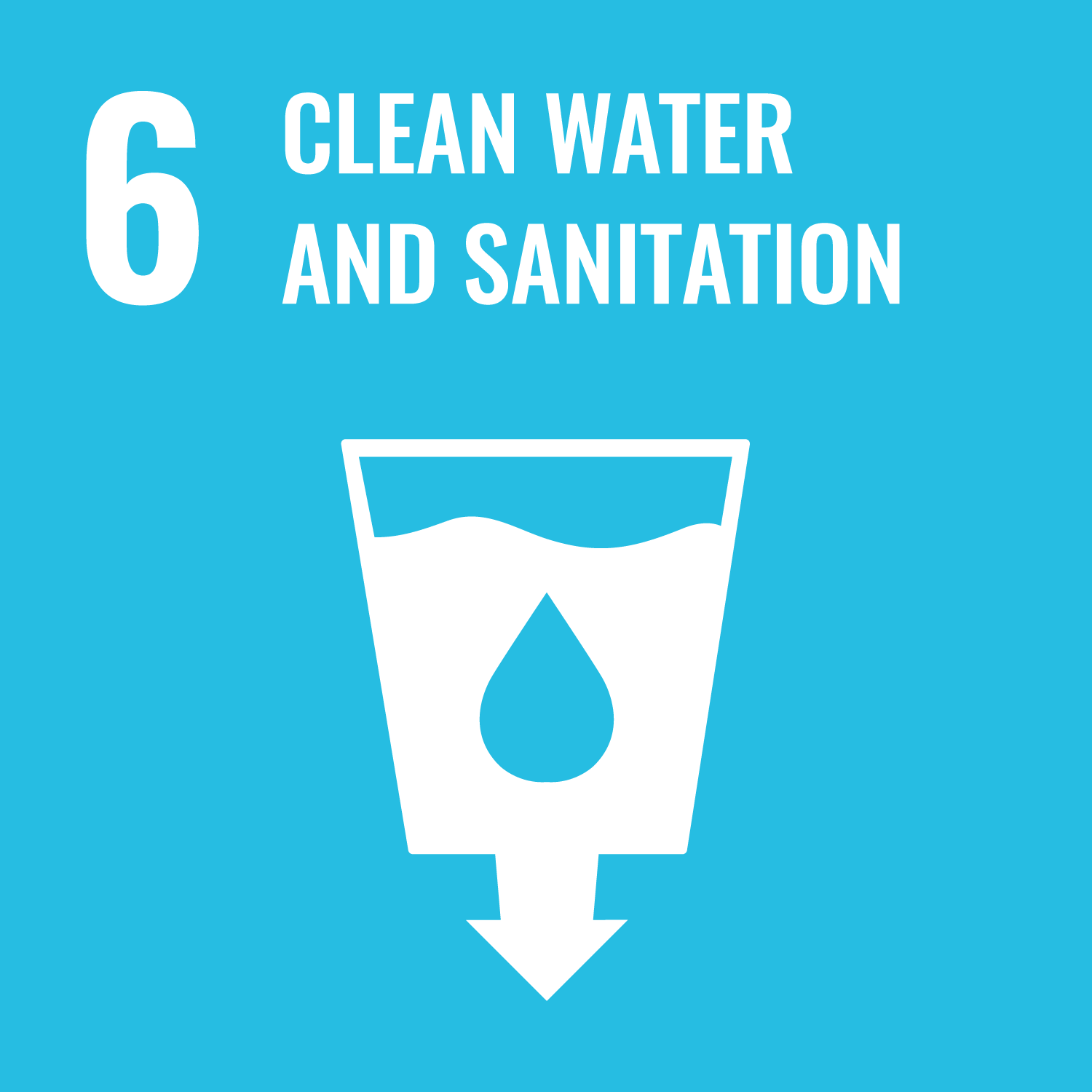
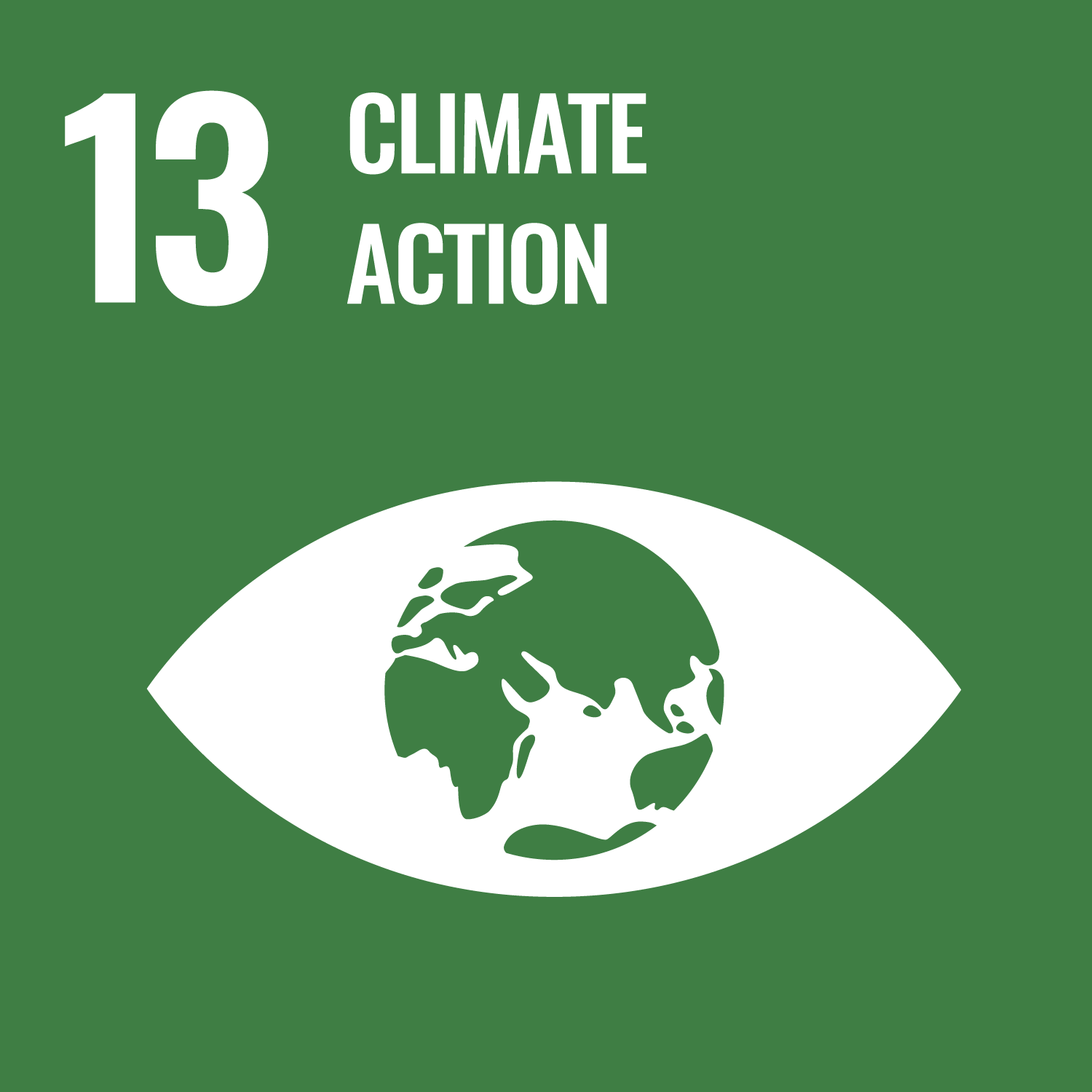
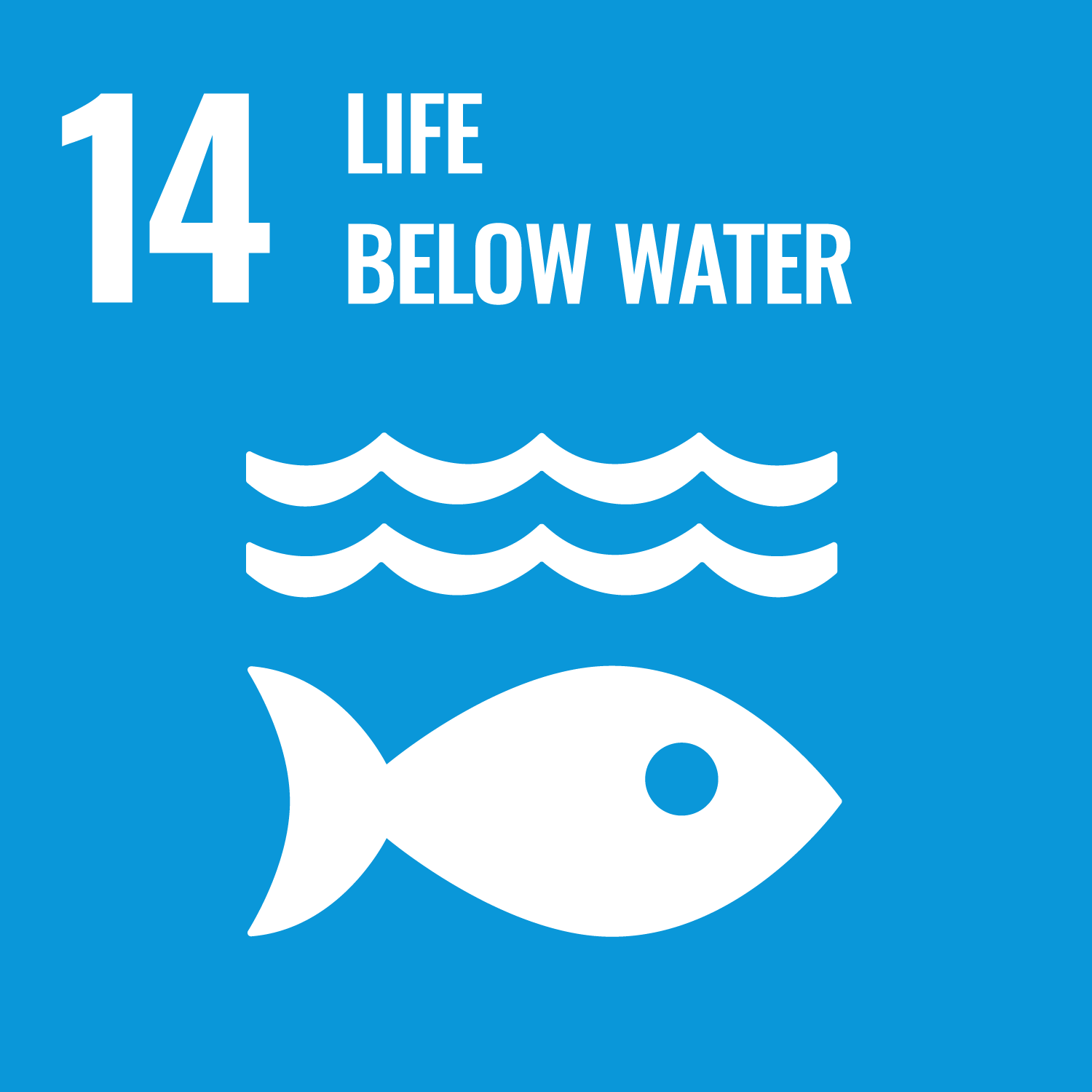
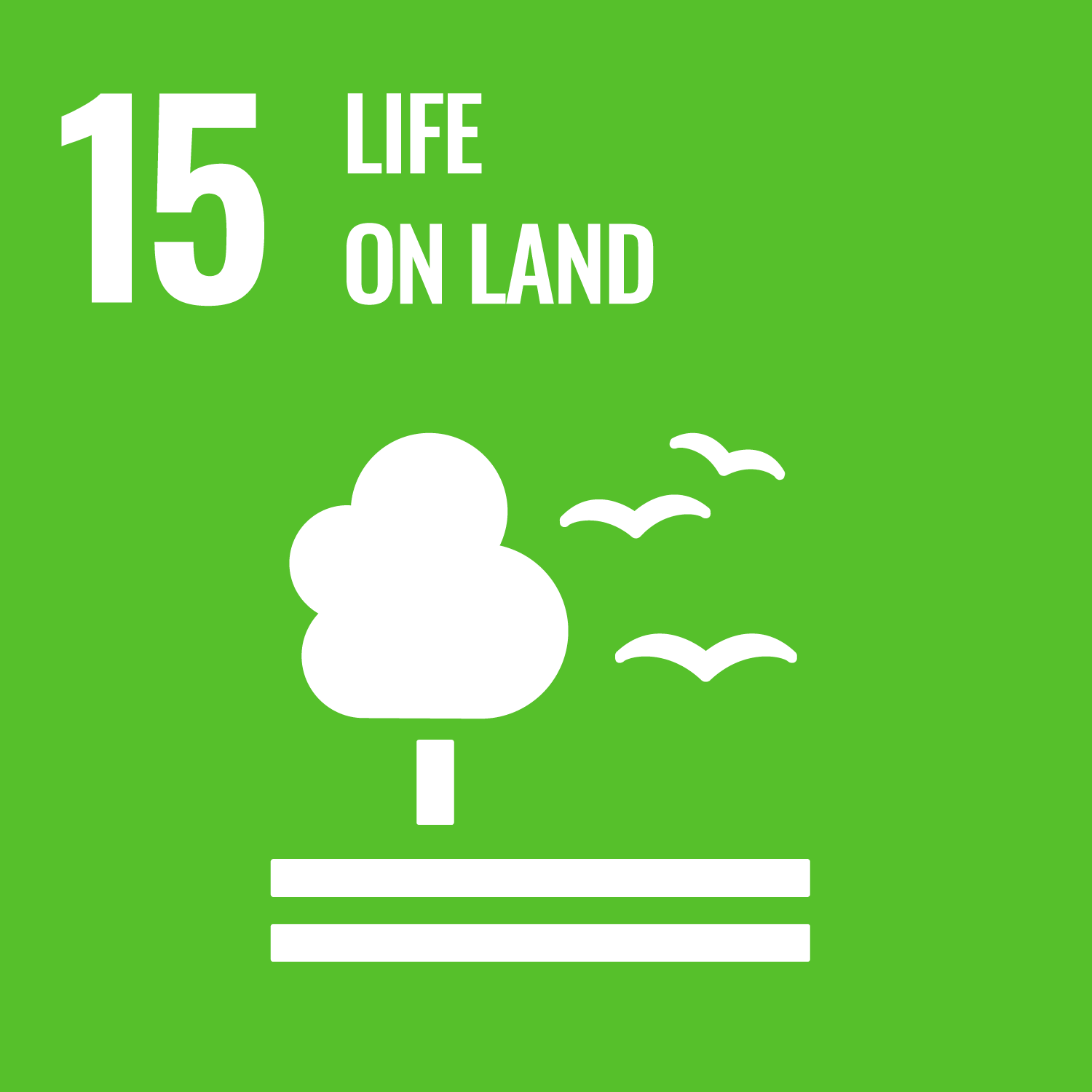
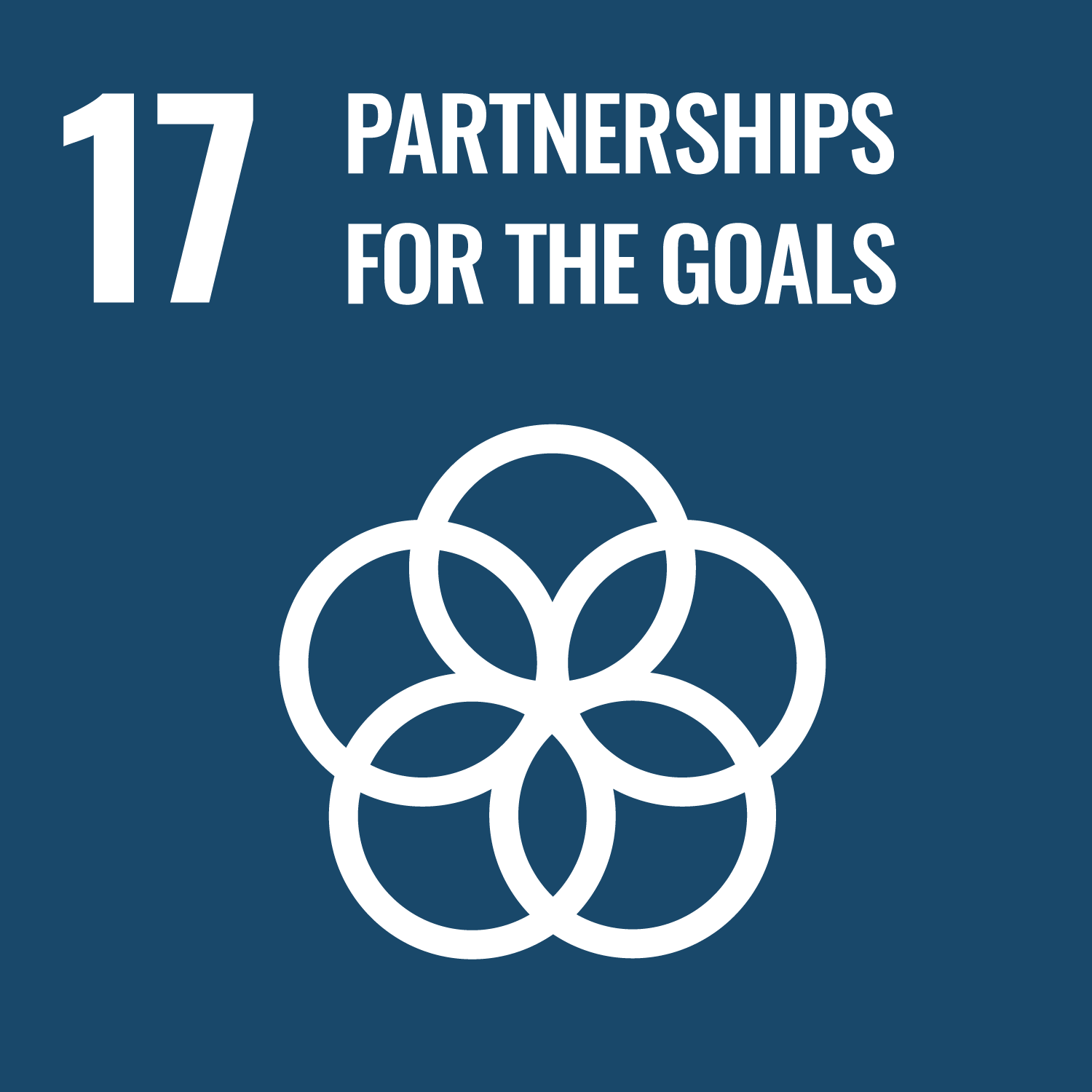
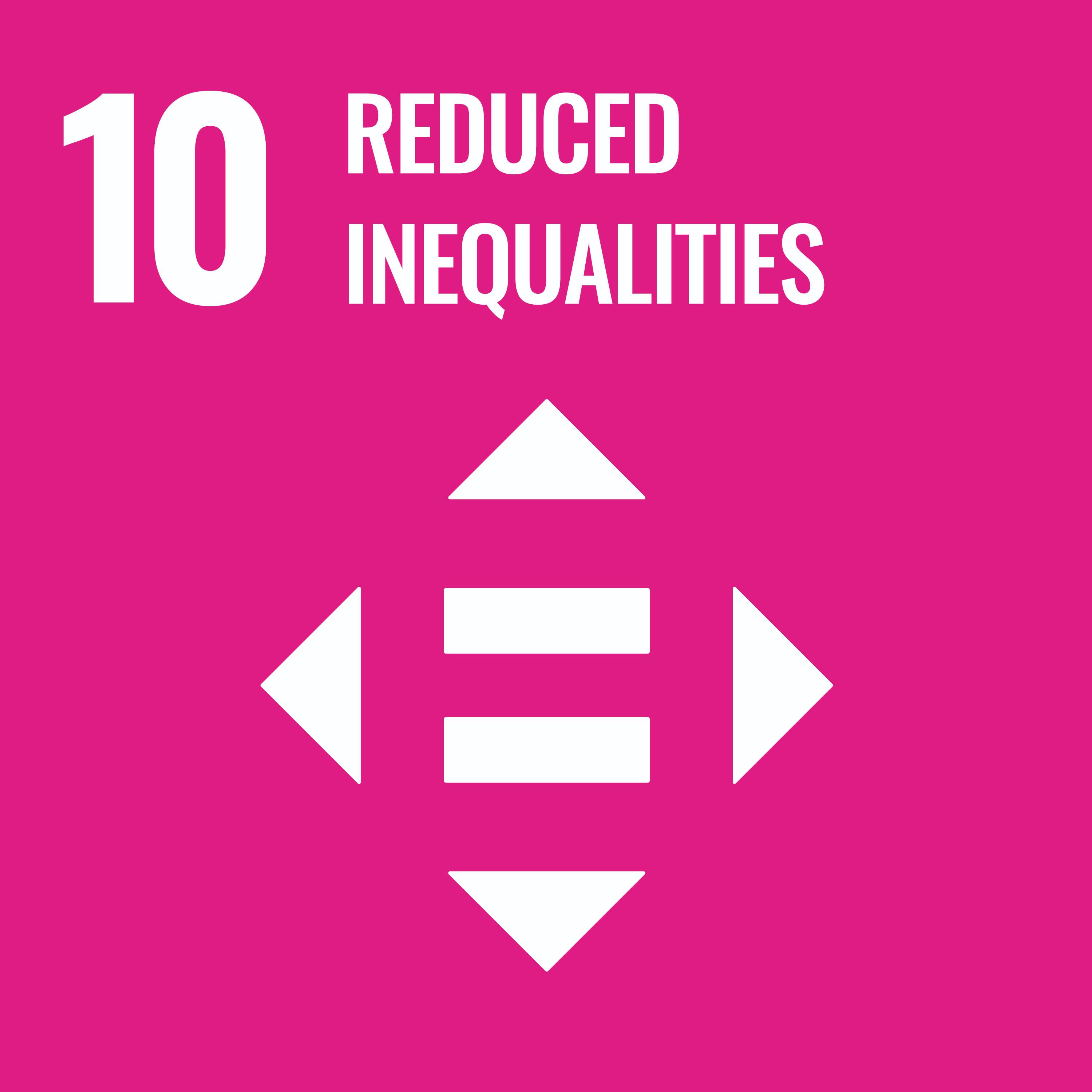
.png)
